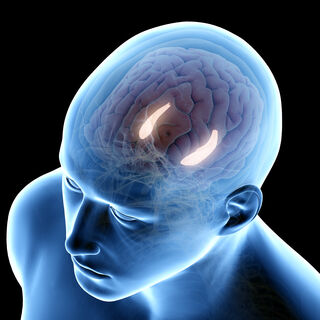
New exercise-based neuroscience research challenges the notion that intelligence is a stable trait that can't be modified by daily habits or lifestyle changes.
A randomized clinical trial conducted by the ActiveBrains project found that participating in a 20-week exercise program boosted school-aged children's overall intelligence and improved their academic performance. These findings (Ortega et al., 2022) were published on August 30 in the peer-reviewed journal JAMA Network Open.
This ActiveBrains study was led by Francisco Ortega of the University of Granada's Department of Physical Education and Sport. The researchers' primary goal was to investigate the effects of an exercise intervention that combined aerobic activity and strength-building workouts on the size of students' hippocampus (memory hub) and to identify any exercise-induced changes in cognition based on executive functioning, general intelligence, and academic skills.
Aerobic Exercise + Resistance Training = Better Cognition
In comparison to those in a control group that didn't exercise, students who participated in three 90-minute exercise sessions per week that included 60 minutes of cardio and 30 minutes of resistance training showed significant improvements in fluid intelligence (i.e., problem-solving/connecting the dots), crystallized intelligence (i.e., stored knowledge), and cognitive flexibility (i.e., ability to shift mental gears in adaptive ways).
This user-friendly exercise program used for the ActiveBrains project does not require access to a gym. Workouts can be performed without cardio machines or weight-lifting equipment, which makes it cost-effective and easily implemented in a wide range of school environments and classroom settings.
Although this 20-week exercise program boosted schoolchildren's intelligence in at least three different ways, the researchers were unable to pinpoint what brain changes (if any) were associated with students' improvements in cognitive flexibility, crystallized intelligence, and fluid thinking using conventional MRI neuroimaging.

Contrary to the researchers' original hypothesis that a 5-month exercise intervention might increase gray matter in the hippocampus and improve working memory, MRI neuroimaging of participants' brains after the 20-week exercise program was complete didn't show bigger hippocampi. "[This] exercise program did not have an effect on overall hippocampal volume," the authors note.
"We believe that some brain outcomes must have changed in our participants in the exercise group to explain the observed changes in intelligence and cognitive flexibility," the authors explain. "Those changes could have occurred at a molecular or cellular level [that was] undetected with the neuroimaging techniques used herein. The continuous advances in the neuroimaging field will open new avenues for the study of the effects of exercise on the human brain."
Although this randomized clinical trial establishes positive exercise-induced effects on cognitive flexibility, fluid/crystallized intelligence, and academic performance, the specific brain mechanisms underlying these positive effects remain unclear.
It May Take Longer to Change Brain Structure
Because this 20-week randomized clinical trial wasn't a long-term intervention, the researchers speculate that longer exercise interventions and more advanced neuroimaging techniques may be necessary to elicit and observe exercise-induced brain changes seen in other studies.
Accumulating evidence (here, here, here, here) suggests that staying physically active across the lifespan can increase or sustain the brain's gray matter volume as we age and fortifies white matter connectivity between cortical and subcortical regions in ways that optimize whole-brain functions and facilitate better cognition. (See "The Neuroscience of Superfluid Thinking.")
The ActiveBrains randomized clinical trial gives us fresh clues into the effects of a short-term (<6 months) exercise intervention on cognition, intelligence, and academic performance during childhood. However, more research is needed to pinpoint the specific brain mechanisms responsible for exercise-induced improvements in cognitive flexibility, fluid thinking, and crystallized intelligence.
"activity" - Google News
September 07, 2022 at 09:42PM
https://ift.tt/6eh01m8
3 Ways Physical Activity Can Boost Kids' Intelligence - Psychology Today
"activity" - Google News
https://ift.tt/t27DvPE
https://ift.tt/TwaZBHV
Bagikan Berita Ini














0 Response to "3 Ways Physical Activity Can Boost Kids' Intelligence - Psychology Today"
Post a Comment